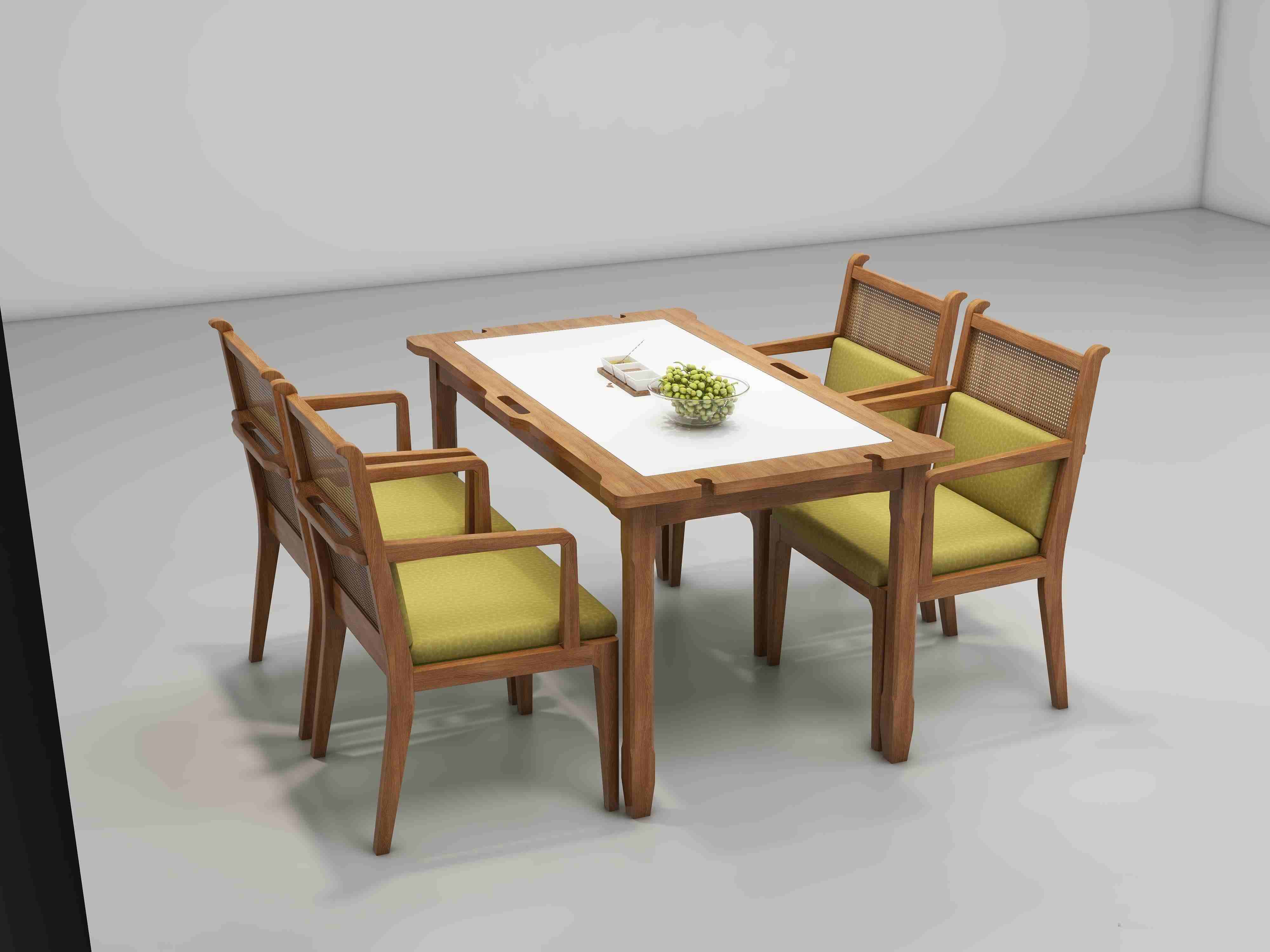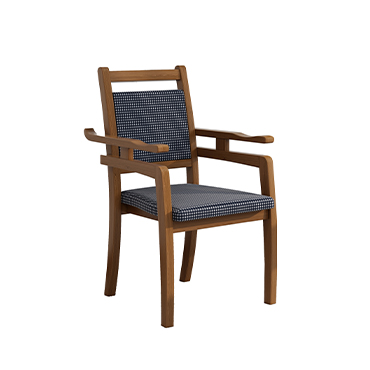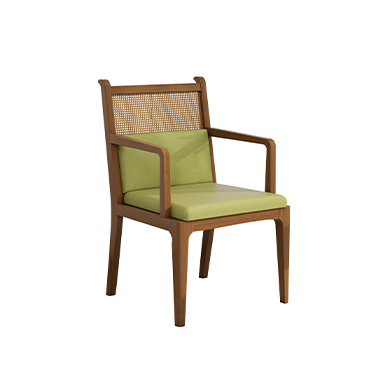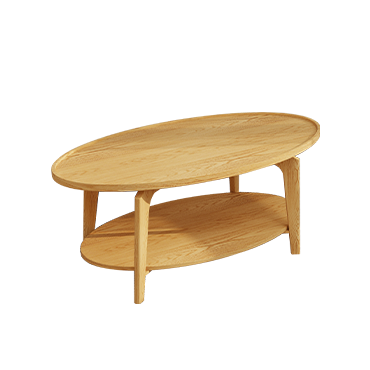Buttock and Lower Back Pain When Sitting: Causes and Solutions for Seniors
Sitting is often considered a comfortable and low-stress posture. However, prolonged sitting or poor posture can lead to buttock and lower back pain, affecting daily comfort and mobility. For seniors or individuals requiring care, sitting discomfort can become a serious problem. This article explains the causes of buttock pain when sitting and practical ways to relieve it.
Buttock Pain Affects All Ages
When someone says, “My butt hurts when I sit,” many assume the chair is too hard. While an unsuitable chair can contribute, the problem often originates from the body itself. Buttock pain is not limited to older adults—office workers, students, and anyone who sits for long periods are at risk. Early attention can prevent the problem from worsening.
Possible Link to Sciatica
Buttock pain while sitting is sometimes associated with sciatica, a condition where pain radiates along the sciatic nerve. Common symptoms include:
Pain or numbness in the buttocks, thighs, or lower legs
Difficulty sitting comfortably
Sciatica may be caused by underlying conditions like:
Herniated discs
Spinal canal stenosis
However, sciatica can also result from poor posture or weak muscles, which can often be improved through exercise and lifestyle changes.
Exercise to Prevent Muscle Stiffness
Lack of movement can lead to stiff gluteal muscles. As we age, muscles naturally lose flexibility, which increases pressure on bones and joints, causing pain. Maintaining healthy glute muscles does not require intense workouts. Effective strategies include:
Regular walking
Glute and leg stretching
Light physical activities
These habits help counteract the effects of prolonged sitting or bed rest.
Correct Your Sitting Posture
Poor posture can strain the lower back and buttocks, leading to discomfort. Tips for proper sitting posture:
Keep your feet flat on the floor
Bend knees at a 90-degree angle
Avoid leaning weight to one side
Place a cushion between your legs if needed
Stand up and move regularly
Common Poor Sitting Postures
Shallow sitting
Sitting too far forward increases pressure on the sacrum and lower back.
Slouching or hunching
Leaning forward while using a computer or phone puts extra stress on the neck and spine.
Crossing legs frequently
Habitually crossing the same leg can tilt the pelvis, creating uneven pressure on lower back muscles.
Use Ergonomic Chairs and Cushions
Choose chairs that are easy to sit on and stand up from
Seniors may benefit from specialized cushions
Use desks or armrests for support and regularly alternate sitting and standing
Maintaining good posture, staying active, and using ergonomic furniture can relieve buttock pain, protect lower back health, and improve overall comfort.
Conclusion
Buttock pain when sitting is a common problem for both seniors and younger adults. Through correct posture, regular exercise, and appropriate furniture or cushions, you can prevent pain, maintain muscle and skeletal health, and enjoy daily activities with greater comfort.





